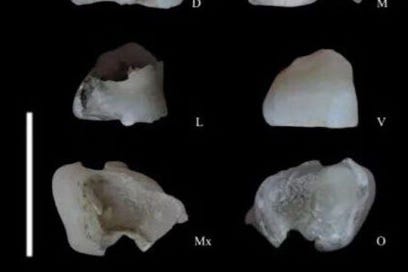A Remarkable Discovery of a 450,000-Year-Old Tooth in Iran
Exploring the Origins and Significance of Early Human Presence in the Iranian Central Plateau
Introduction: A Landmark Discovery in Qaleh Kurd Cave
In a momentous archaeological breakthrough, French and Iranian researchers have unearthed compelling evidence of early human habitation in Iran's Central Plateau, pushing back the known timeline of human settlement in the region by an astonishing 300,000 years. This discovery, centered at Qaleh Kurd C…
Keep reading with a 7-day free trial
Subscribe to Anthropology.net to keep reading this post and get 7 days of free access to the full post archives.


